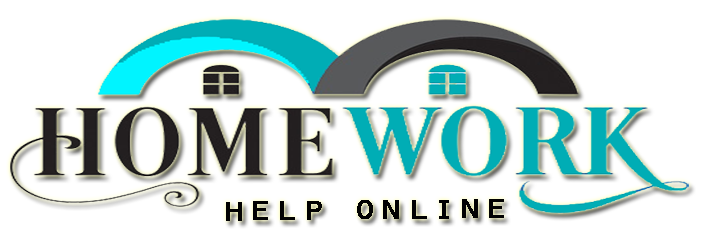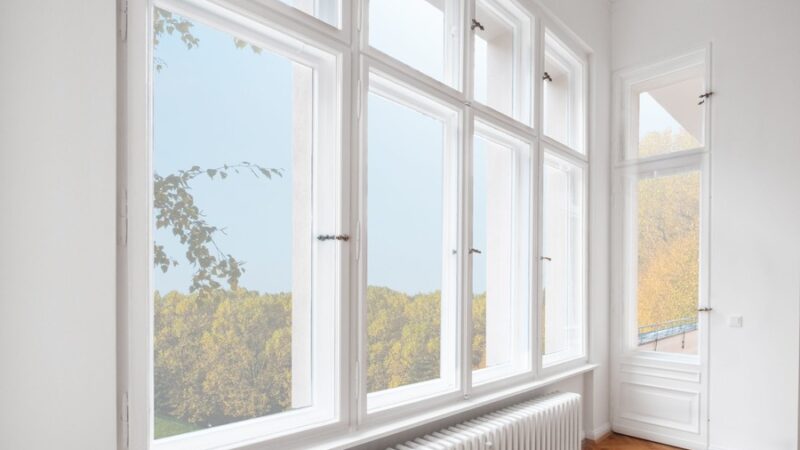Pest control is a term that frequently conjures images of exterminators in securing gear, but its valid scope extends far beyond the occasional insecticide. While it’s certainly about handling pesky critters that ravage our spaces, there’s an elaborate and fascinating experience to explore behind what blight control requires.
This blog post delves into the answer of “what does pest control do” and why it’s more intriguing than you might think.
Understanding Pest Management: More Than Meets the analysis
Pest control is not merely about destroying unwanted guests from our households and offices. It includes a strategic process proposed for managing and underestimating pest populations in a way that’s safe for people, pets, and the environment.
This includes a delicate balance of miscellaneous techniques, containing prevention, identification, monitoring, and control measures.
· Prevention: Building a Barrier Against Invaders
One of the primary aims of pest control is prevention. This involves a succession of proactive measures planned to keep pests from listing and proliferating in a distinct area. Pest control pros often start by labeling potential entry points such as cracks, gaps, and gaps in walls or doors.
They may approve sealing these entryways and achieving barriers to avoid easy access. Moreover, they frequently advise on asserting cleanliness and lowering clutter, as a tidy space is less captivating to pests.
· Identification: Know Your Enemy
Different bugs require different actions, so knowing either you’re facing a restlessness infestation or a round of bed bugs is crucial. Pest control technicians are trained to see the signs of various blights, from termite mud tubes to the droppings of rodents, guaranteeing that the right treatment is used.
· Monitoring: Keeping an Eye on the Situation
Once preventive measures are in place and blights have been recognized, monitoring enhances key. Pest control isn’t a one-time event but a continuous process.
Professionals will set up traps or bait stations to track pest activity and draw data on their evolution. Regular inspections help in assessing the influence of control measures and determining if adjustments are unavoidable.
Advantages of Professional Pest Control
Engaging professional pest control aids can offer numerous benefits. Aside from the obvious decline in nuisance and potential damage to possessions, professional pest administration ensures security and peace of mind. By engaging the use of advanced techniques and supplies, pests are handled effectively while minimizing exposure to harmful substances.
Conclusion
Pest control may seem like a mere review, but it plays an essential role in preserving our health and features. By understanding its inclusive approach, we can appreciate how bug control professionals work intently to manage and check pest issues, guaranteeing our environments remain clean, dependable, and habitable.
So next period you see a pest control van, remember—there’s much more to their work than meets the eye.







